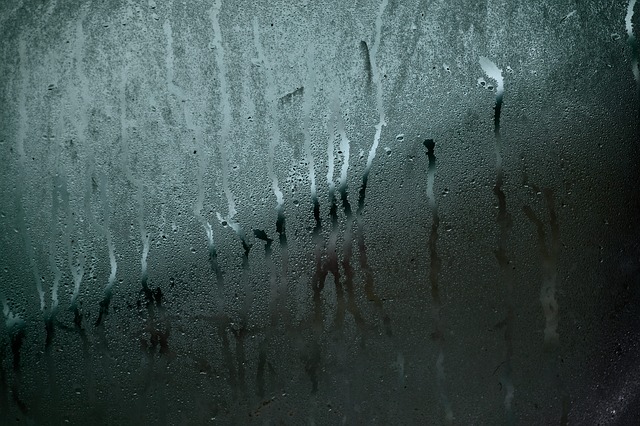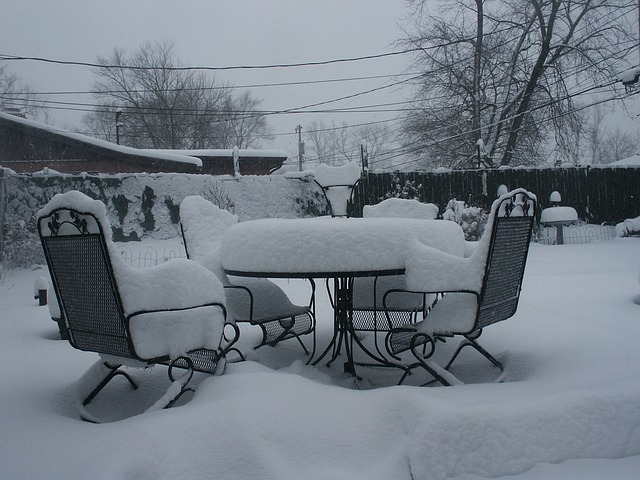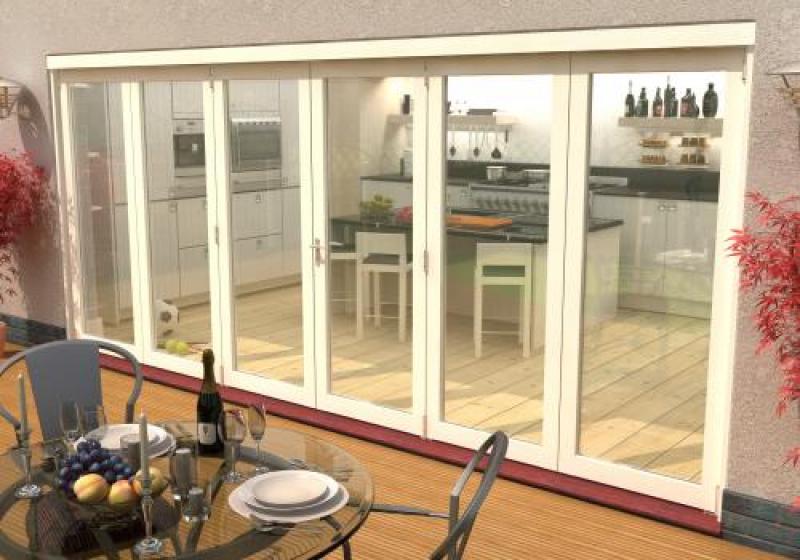Express Doors Direct ▸ Blog ▸ How to Winter-Proof Patio Doors
Last updated on January 25th, 2022 at 10:49 am
Doors and windows represent the thermal weak-points of any property. And this is especially so in the case of patio doors. Whether it’s of the bi-fold, French or sliding variety, a patio door presents the elements with plenty of cracks to slip through, and the warmth inside your home with plenty of glass through which to escape.
But never fear: there are steps we might take to limit this. In doing so, we’ll ensure that our interiors are kept as toasty-warm as possible and that those energy bills aren’t allowed to spiral out of control.
How Do I Insulate My Patio Doors?
Double-glazed glass tends to be less thermally conductive than the frame into which it’s built. As such, doors which incorporate lots of it tend to be more thermally efficient than you might expect. If it’s triple-glazed glass, then this is especially so. With that said, double-glazing does have a lifespan. If you can see condensation forming between the panels, it means that the seal has failed and that all of the inert, insulating gas has rushed out. That being the case, you might need to replace the glass insert – or, better yet, the entire door.
We need to ensure not only that heat energy is prevented from moving from one side of the door to the other, but that moisture and wind can’t rush through the cracks around the edges. In the case of a door, this is even more complicated, as it needs to be able to open and close.
Draughts around the bottom of your door can typically be kept at bay using a draft excluder. These are long, cylindrical cushions which sit at the bottom of your door. If the door is a sliding or bi-fold door, then it might have been unseated from its rail, which will cause the gaps around the edges to grow.
Check the track for small stones and other obstructions, and run a vacuum cleaner along the bottom of the track to pick up all of those stray dust particles. For best results, spray the track with WD40 and run the door back and forth a few times to ensure that the lubricant is properly distributed. If necessary, re-seat the door.
Outward-opening French doors might also benefit from having their weather-stripping replaced. This is the compressible plastic that runs around the edge of the door. Over time, thousands of compressions will rob the material of its elasticity. This means that it won’t expand to the same size, and thus it won’t form a tight seal around the edge of the door. By replacing the sealing, you’ll hugely improve the door’s draught-excluding abilities – sealing of this sort can often be bought cheaply, and it’ll snap into place rather than needing to be glued.
Let’s think for a moment about how to winter-proof a sliding glass door. Sliding doors can’t use compressible seals, as they need to be able to move back and forth. Instead, brush-style seals are preferred. These, too, might benefit from an occasional replacement.
How Do I Weather-proof My Patio Doors?

Winter is a time of year where your door will be exposed to a great deal of moisture. For this reason, it’s important that it’s properly protected. In the case of uPVC and aluminium doors, this isn’t such a concern; the former are designed never to be finished or painted, while the latter are given a lasting coat of powder-finish at factory level. Other than applying a mechanical lubricant to any moving or exposed metal parts, there’s not a great deal to be done.
With timber doors, things are a little bit different. You’ll need to give them the occasional refinish to prevent moisture from penetrating the wood fibres and causing warping, rot and other problems. We’d suggest doing this during summer, as it’ll allow you to wash the frames and have them dry quickly in preparation for a coat or two of treatment.
How Should I Dress the Doors?
Another way to improve insulation is to install heavy curtains (or roman blinds) onto the interior of the door. You might alternatively attach a blackout lining to the rear of a set of existing curtains. Lightweight curtains and blinds might be able to control the light levels, but they’ll do little to prevent hot air from moving from one part of the room to the other.
Curtains will prevent the warm air in the room from mixing with the cold air around the window, and thereby slow the transfer of heat from the interior of the building to the outside. This can only happen, however, if the curtains in question are drawn; make sure you do this when you aren’t in the room, and when it gets dark outside.
How Do I Clean Patio Doors?

Winter is a time of year when dirt and condensation can quickly accumulate on your glass. For this reason, it’s a good idea to give it the once over on the inside and outside. You might do this with an acidic substance like vinegar and some scrunched-up newspaper. You can get ready-mixed window cleaner too, which does the job quickly and easily.
We’d also suggest giving the same treatment to the mechanisms that go into the doors. That means lubricating and wiping any hinges, as well as the tracks we’ve mentioned. You might also spread a little bit of graphite oil into the latches and locking mechanisms; this will ensure that heat is allowed to easily circulate, and that you won’t get any patches of ice seizing up the door.
In Conclusion
Preparing your patio doors for winter needn’t be an enormous job – especially if you do a little bit every year rather than allowing the door to deteriorate and thereby giving yourself a mountain to climb.
We’d suggest getting it all out of the way as early as possible rather than letting the work drag on all winter. The sooner you get the door into good condition, the sooner you’ll be able to enjoy the benefits!
Related Posts:
"It is about the realities of what makes for an attractive, civilized, meaningful environment, not about fashion or what's in or what's out. This is not an easy job."
– Albert Hadley
Available in a range of sizes, designs and colours with a #MadeToMeasureDoors service available too.
Email [email protected] to book in for 2024.
Featured Posts
Recent Posts

Blending Old and New: Internal Cottage Doors for a Modern Farmhouse Look

Kitchen Doors and Bathroom Doors: How to Shop and What’s in Style Now

Glazed Internal Doors: Let the Light in for Summertime – and beyond!

Wall Panelling Ideas: Unexpected Benefits and the Latest Trends

Pocket Doors vs Bifold Doors: The Pros and Cons





























































